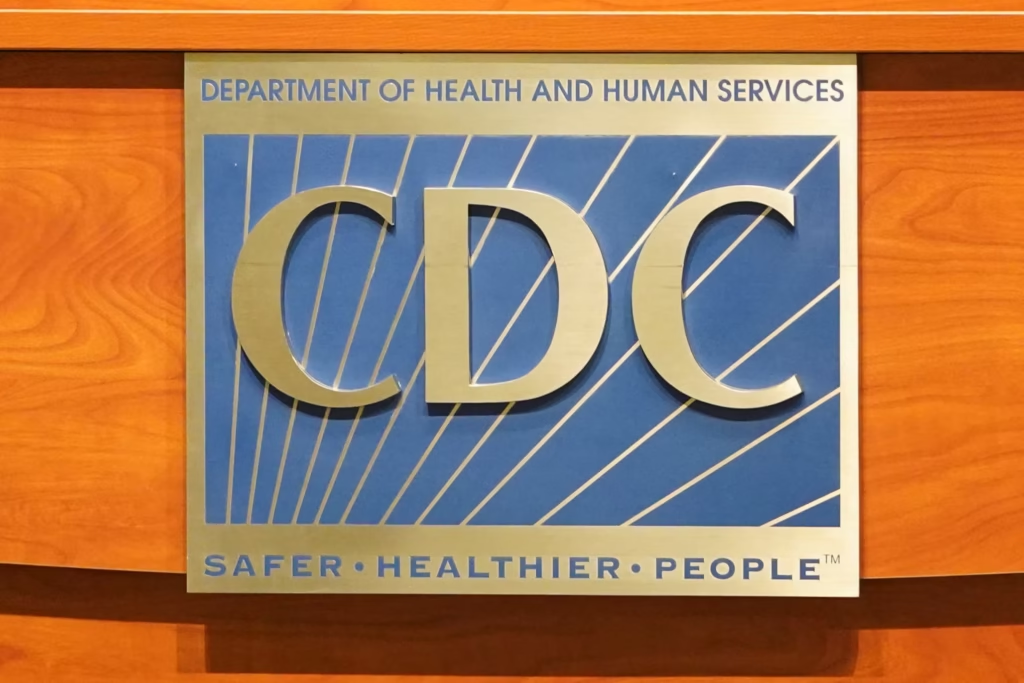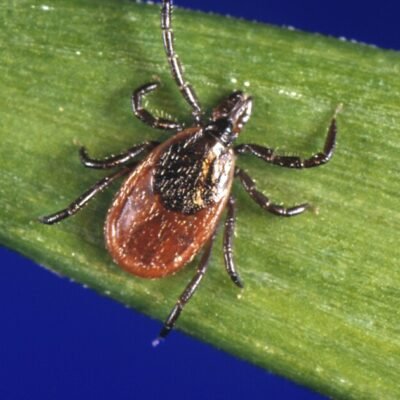The CDC ends emergency response for bird flu after months of close monitoring and action. This major development comes as infections from the highly pathogenic avian influenza (HPAI) A(H5N1) virus continue to decline in both humans and animals across the United States. The decision, announced by the Centers for Disease Control and Prevention (CDC), signals a major turning point in the nation’s efforts to manage and contain this recent outbreak.
While health officials are celebrating the progress made, they also emphasize the need for continued surveillance and preparedness to prevent future flare-ups. In this article, we’ll explore what led to the CDC’s decision, what it means for public health, and what’s next in the fight against bird flu.
What Prompted the Emergency Response?
In early 2024, the United States saw a spike in bird flu cases among dairy cattle, poultry, and even a few human cases linked to exposure. While human-to-human transmission remained rare, the virus’s spread in livestock raised serious concerns.
The CDC declared an emergency response to:
- Closely monitor animal and human infections.
- Coordinate with state and local health departments.
- Increase testing and sequencing of the virus.
- Protect at-risk populations, especially those in the farming industry.
This response was crucial in limiting the spread of the virus and protecting public health.
Bird Flu: A Quick Overview
Bird flu, or avian influenza, is a viral infection that primarily affects birds but can sometimes spread to humans and other animals. The H5N1 strain is considered especially dangerous due to its high mortality rate in birds and the potential to cause serious illness in humans.
Key facts about H5N1 bird flu:
- First detected in 1996 in geese in China.
- It has since spread globally, affecting wild birds, poultry, and occasionally mammals.
- Human cases are rare but can be severe or even fatal.
- Transmission to humans usually happens through close contact with infected animals.
Why the CDC Is Ending the Emergency Response

As of July 2025, the CDC has officially ended the emergency response for bird flu, citing a significant drop in new infections and successful containment strategies.
Here are the key reasons behind the decision:
1. Decline in Human Cases
Only a small number of human cases were reported, all of which were linked to direct contact with infected animals. The most recent cases showed only mild symptoms like eye irritation, with no signs of severe respiratory illness or hospitalizations.
Importantly, no human-to-human transmission has been confirmed.
2. Containment of Animal Outbreaks
State agriculture departments and the USDA worked swiftly to contain the spread in cattle and poultry. Infected animals were isolated, and strict biosecurity measures were enforced at farms and processing plants.
As a result:
- Infections in dairy cattle dropped significantly.
- Poultry outbreaks were quickly brought under control.
- Wildlife monitoring showed fewer infected birds.
3. Improved Testing and Surveillance
The CDC and its partners expanded testing in both humans and animals. Early detection helped prevent large-scale outbreaks and allowed health authorities to act quickly.
Moreover, a nationwide wastewater surveillance program was launched, helping to track potential human cases without invasive testing.
What Does This Mean for the Public?
Ending the emergency response doesn’t mean bird flu is gone, but it does indicate that the immediate threat is under control. Here’s what this means for different groups:
For the General Public:
- Low risk of infection. There is currently no sign of widespread community transmission.
- No need to panic or change daily behavior. Normal precautions are sufficient unless you’re in close contact with farm animals.
For Farmers and Animal Handlers:
- Continue practicing good hygiene and safety measures.
- Report any signs of illness in animals to local health authorities.
- Use personal protective equipment (PPE) when handling sick animals.
For Health Workers and Labs:
- Continue surveillance and research.
- Remain alert for any unusual flu activity or mutations.
- Prepare for seasonal flu vaccination programs, which may include updated information about avian influenza strains.
Lessons Learned from the Emergency Response
The bird flu response offers several important lessons for future outbreaks—whether it’s another strain of influenza, a zoonotic disease, or something completely new.
1. Early Detection Works
Wastewater monitoring and animal testing helped detect the virus early and respond quickly.
2. Coordination Is Key
Federal, state, and local agencies worked together effectively, sharing information and resources.
3. Clear Communication Matters
Public updates from the CDC helped reduce misinformation and panic. Transparency built trust during uncertain times.
What Happens Next?

Though the emergency response is over, bird flu is not completely gone. The CDC and other agencies will continue routine monitoring and preparedness efforts.
Ongoing Plans Include:
- Expanded Surveillance: Monitoring wild birds, poultry, and livestock for signs of resurgence.
- Vaccine Development: Continued research into vaccines that protect against multiple flu strains, including H5N1.
- International Collaboration: Working with the World Health Organization (WHO) and other countries to track global cases and share data.
Should We Be Worried About Bird Flu in the Future?
While the risk is currently low, experts remain cautious. Viruses like H5N1 can evolve, and new strains may emerge in the future.
Some scientists worry about the potential for genetic mutations that could make the virus more transmissible between humans. That’s why continued research, surveillance, and public health readiness are essential.
The CDC emphasized that it will remain on alert, and the systems put in place during this emergency are still active in case of a resurgence.
FAQs About the CDC’s Decision
Q: Is bird flu gone for good?
No, the virus still exists in birds and some animals. The emergency phase is over, but surveillance continues.
Q: Is there a vaccine for bird flu?
There is no widely used vaccine for H5N1 in humans, but research is ongoing.
Q: Can I get bird flu from eating chicken or eggs?
No, properly cooked poultry and eggs are safe to eat. The virus is killed by heat.
Q: Will bird flu come back?
It’s possible. Like all influenza viruses, H5N1 can change over time. Continued monitoring is essential.
Final Thoughts
The CDC ends emergency response for bird flu, and that’s a good sign. It means public health measures have worked, and the risk to humans is currently very low. But this isn’t the end of the story. Vigilance, research, and clear communication will still play a big role in keeping the virus under control.
This development highlights the strength of public health infrastructure and the importance of being prepared—even when a threat seems to be fading.
As we move forward, the hope is that lessons learned during this outbreak will help the world respond even better to the next one.
Read Next – How Healthcare Cuts in the ‘Big, Beautiful Bill’ Will Affect Americans






